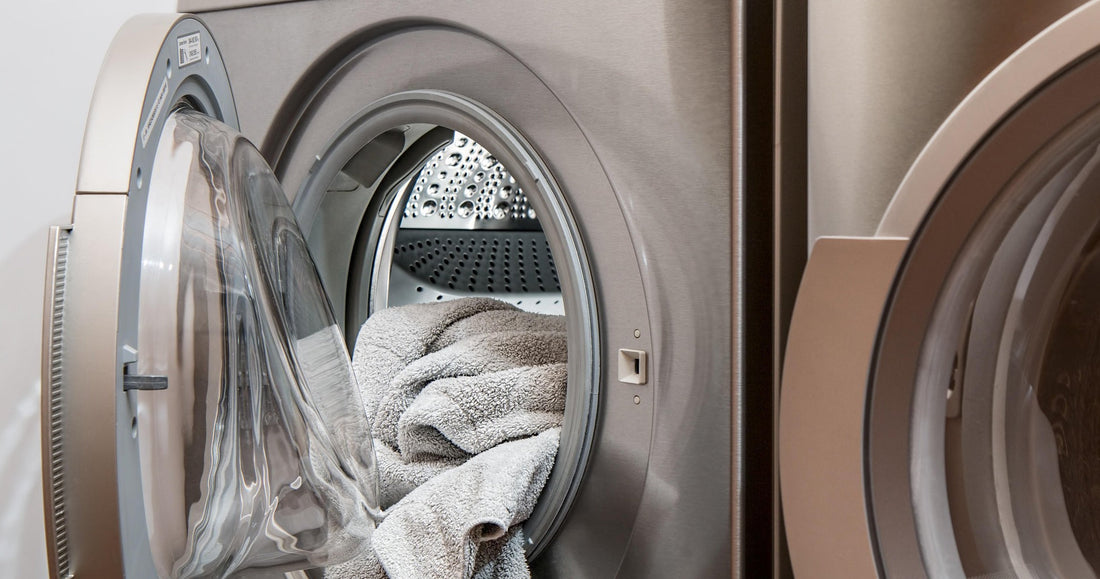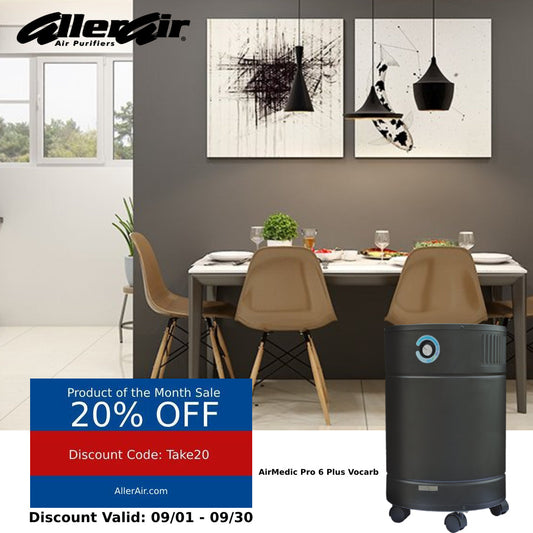6 Surprising Sources of Chemical Exposure

We may be careful with that bottle of bleach, can of paint or the ominous bottle of unknown chemical solution found in the basement. But what about everyday actions that may expose us unknowingly to potentially harmful substances? Read on to find some surprising sources of chemical exposure, and what to do about them.
1 - Shower
The problem: The water we use for showering has been treated with a variety of chemicals to inhibit the growth of pathogens. In the industrialized world, most water treatment plants use chlorine. Chlorine, however, combines with organic matter to form disinfection byproducts called trihalomethanes (THMs). One of them is chloroform, which you are breathing in while showering. As the skin is the largest organ, it will also ingest toxins found in the water. A study at the University of Pittsburgh found that you are more at risk from showering in chlorinated water than you are from drinking it.
been treated with a variety of chemicals to inhibit the growth of pathogens. In the industrialized world, most water treatment plants use chlorine. Chlorine, however, combines with organic matter to form disinfection byproducts called trihalomethanes (THMs). One of them is chloroform, which you are breathing in while showering. As the skin is the largest organ, it will also ingest toxins found in the water. A study at the University of Pittsburgh found that you are more at risk from showering in chlorinated water than you are from drinking it.
The solution: Washing is still important, so don’t just quit cold turkey. Take shorter showers, and install a shower filter on the shower head. They are readily available online and will filter the water before it hits the skin. Some cultures also prefer the sit-and-wash-with-a-cloth method, which would minimize the skin’s contact with contaminants.
2 - Washing machine
The problem: Using treated tap water, aggressive laundry detergents, bleach and liquid fabric softeners can expose users to chemicals such as benzyl acetate (linked to pancreatic cancer), benzyl alcohol (an upper respiratory tract irritant), ethanol (linked to central nervous system disorders), limonene (a known carcinogen) and chloroform (a neurotoxin and carcinogen). The chemicals often cling to the clothes to be released slowly or they will be absorbed by the skin.
The solution: Switch to more natural laundry detergents and chlorine-free bleach, and skip the fabric softener altogether (instead use ¼ cup of white vinegar to prevent clingy fabrics).
3 - Dryer
The problem: Overuse of the dryer has not only been connected to potential fire hazards, but also to indoor air quality concerns. Older dryers may feature asbestos-containing components, including felts, combustion chamber insulation, drive belts and electrical components. Experts discourage the use of dryer sheets to prevent static electricity and provide a softer feel to clothes.
The solution: The best way to impart a fresh smell to the laundry is to hang it up outside to dry. Replace toxic dryer sheets with dryer balls or reusable versions. Contact the manufacturer about possible asbestos concerns, if the dryer is an older model.
4 - Toothpaste
The problem: Most commercial toothpaste contains harmful chemicals, including  sodium fluoride, triclosan, sodium lauryl sulfate, propylene glycol and DEA. These chemicals have long been under scrutiny for possible health risks like cancer, hormone disruption, organ abnormalities, causing irritation and other problems.
sodium fluoride, triclosan, sodium lauryl sulfate, propylene glycol and DEA. These chemicals have long been under scrutiny for possible health risks like cancer, hormone disruption, organ abnormalities, causing irritation and other problems.
The solution: There are many alternative products that can be used to clean teeth, including sea salt, baking soda, hydrogen peroxide, tooth powders, coconut oil and basic water. Find one that works for you!
5 - Drinking water from the tap
The problem: As mentioned above, tap water has been treated make it generally safe for consumption. That means, most water available in North America contains traces of chlorine, fluoride, pesticides, fertilizers, heavy metals, petrochemicals, dioxins, radioactive materials and microorganisms.
The solution: Drink filtered water if possible. Bottled water may be an alternative, but check the label if it has been filtered (otherwise it might simply be tap water from elsewhere). The best way to avoid consuming lead from tap water is to only use water from the cold tap for drinking, cooking, and making baby formula and to let the water run for a minute before using it.
6 - Food
The problem: With the spread of organic food stores  and healthier options it seems that most people are aware of the risks that come with the chemicals in their food. Many of the things we buy to eat contain an alarming number of potentially harmful chemicals, including pesticides, herbicides, fertilizers, preservatives, artificial colors and flavors, and industrially produced fats and sweeteners.
and healthier options it seems that most people are aware of the risks that come with the chemicals in their food. Many of the things we buy to eat contain an alarming number of potentially harmful chemicals, including pesticides, herbicides, fertilizers, preservatives, artificial colors and flavors, and industrially produced fats and sweeteners.
The solution: Avoid processed food when possible and instead prepare whole foods yourself. Increase the amount of organic fruits and veggies you consume and buy food in bulk to keep down costs. Consume less meat, dairy and fish. We could all use a little more quality over quantity, right?
Note: This article appeared in our newsletter. Want to read it first? Sign up below.



